Proper pricing optimisation is a crucial factor in attracting visitors and boosting revenue for your attraction.
Strategic pricing not only draws more visitors but also enhances the perceived value of your offerings. Let’s delve into how you can optimise your pricing strategy to achieve the best results.
Common Mistakes to Avoid
- Lack of Market Research: Not understanding what competitors charge or what customers are willing to pay can lead to pricing that either undercuts your value or prices you out of the market.
- Inflexible Pricing Models: Sticking to a single pricing model without considering alternatives that could better meet customer needs and increase revenue.
- Confusing pricing structure and options: Options need to be easy to compare and easy for your customers to understand.
- Not highlighting all of the value: Ensure that your tickets or passes pages showcase everything that’s included for each type of product so that guests can easily understand and compare the value.
- Not Leveraging Psychological Pricing: Failing to use pricing strategies that can make costs seem more attractive (e.g., £19.99 vs. £20).
Recommendations for Effective Pricing
- Competitive Analysis: Regularly compare your pricing with that of similar attractions to ensure you remain competitive without undercutting your value.
- Dynamic Pricing Strategies: Consider using dynamic pricing models that adjust based on demand, time of day, or specific visitor segments. This can maximise both revenue and visitor numbers.
- Keep it simple: Start off by showcasing broad ticket options, then only add more upsells or options once a customer has started down a particular booking funnel.
- Highlight the value: Highlight any free things that are included, along with any other bonuses or perks of pre-booking. Be sure that any added-value experiences are clearly highlighted as the price increase between ticket or pass options.
- Psychological Pricing: Implement pricing strategies that psychologically appear more affordable, encouraging more purchases. Small changes, like pricing an item at £19.99 instead of £20, can have a significant impact.
Detailed Breakdown
1. Competitive Analysis: Staying Informed and Competitive
Understanding your competition is vital for setting the right prices.
- Benchmarking: Regularly benchmark your prices against those of similar attractions in your area. This helps ensure you are competitive while still reflecting the value of your unique offerings.
- Customer Surveys: Conduct surveys to understand what your customers are willing to pay. This direct feedback can provide valuable insights into setting appropriate price points.

2. Dynamic Pricing Strategies: Flexibility to Maximise Revenue
Dynamic pricing involves adjusting your prices based on various factors to maximise revenue.
- Peak Times: Increase prices during peak visiting hours or seasons when demand is highest. This can help manage crowd sizes and maximise revenue.
- Off-Peak Discounts: Offer discounts during off-peak times to attract visitors when demand is lower. This can help maintain a steady flow of visitors throughout the year.
- Visitor Segments: Tailor prices for different visitor segments, such as families, students, or seniors. Special pricing can encourage these groups to visit more frequently.
3. Keep it simple
This is all about not overwhelming the customer with options, and not having such a confusing pricing structure that they need a calculator to work out how much a visit will cost.
- Start with broad overall ticket or product categories
Once a customer has selected or clicked through to the right ticket, you can then use anchoring, pricing ladders and upsells to maximise the revenue online (see video below) - Keep pricing clear and consistent
Use consistent endings on all pricing (e.g. .99 or .95) so that it’s easy for customers to compare. - Create bundles
Bundle together common product or ticket types to reduce complexity during the booking process (e.g. family of 3, 4 or 5 tickets)
Here's a great succinct video about how Apple uses Pricing Ladders from MKBHD on Youtube:
4. Highlight the Value
Customers love to see they’re getting the best value. Now, that doesn’t mean bundling everything in with every ticket. Quite the opposite - you want to introduce pricing/ticket levels that convince customers to go for higher value products.
- Show everything that’s included
Use expanders or tooltips to highlight the value and unique experiences on offer (for higher value tickets / upsells) - Try to add perks or freebies
Customers love ‘free’ so if there are bundles where you can offer ‘free’ things or additional discounts then these can often prove very popular.

5. Psychological Pricing: The Power of Perception
Psychological pricing uses subtle cues to make prices appear more attractive.
- Charm Pricing: Use prices that end in .99 or .95 (e.g., £19.99 instead of £20). This makes the price seem significantly lower due to how people perceive the first digit.
- Bundle Pricing: Offer bundles or packages that provide perceived savings. For instance, a family ticket priced lower than the sum of individual tickets can seem like a great deal.
- Anchoring: Show higher prices next to your standard offers to make the standard offers appear more attractive. For example, listing a premium experience at £50 next to a regular ticket at £30 makes the regular ticket seem like better value.
Next Steps for Optimising Pricing
- Conduct Thorough Competitive Research: Regularly benchmark your prices against those of similar attractions to ensure you remain competitive without undercutting your value.
- Experiment with Different Pricing Structures: Use A/B testing to see which pricing structures maximise both revenue and visitor numbers. Try different approaches and measure their effectiveness.
- Utilise A/B Testing: Refine your pricing tactics based on customer feedback and purchasing patterns. Continuously test different pricing strategies to find the optimal approach.
- Brainstorm pricing levels with your team: try to update your price endings to maximise revenue, and carry out customer research to determine pricing levels and potential package options that would resonate with key audiences.
Conclusion
Proper pricing optimisation is essential for attracting more visitors and boosting revenue. By conducting thorough market research, implementing dynamic and psychological pricing strategies, and continuously testing and refining your approach, you can maximise both revenue and visitor satisfaction. Remember, effective pricing is about finding the perfect balance between value and affordability, ensuring that your attraction remains competitive and appealing.
Not sure where to start - download the LOOP Website Optimisation Canvas or get in touch and we’ll be happy to help.



%20(1).png)

.png)






